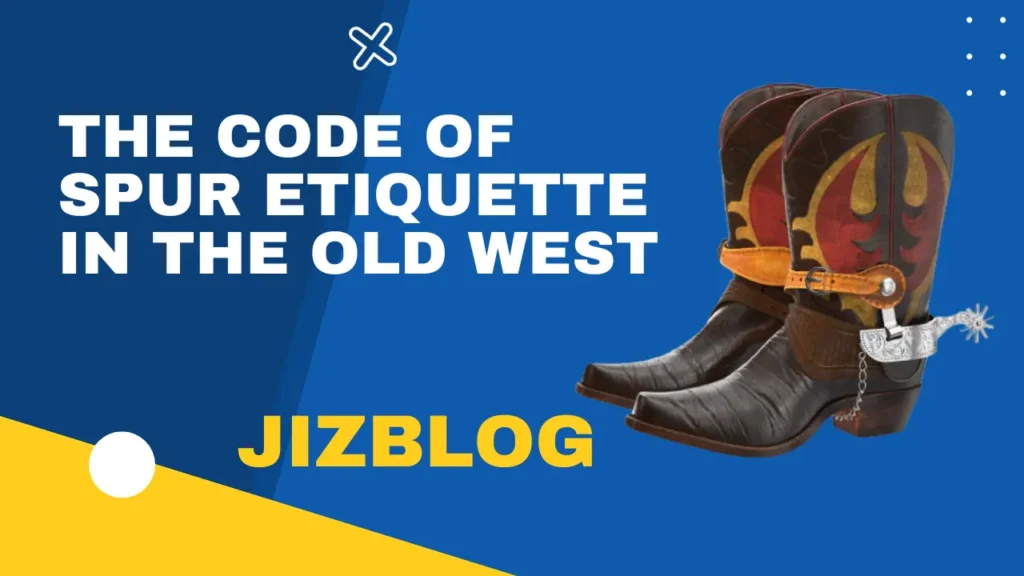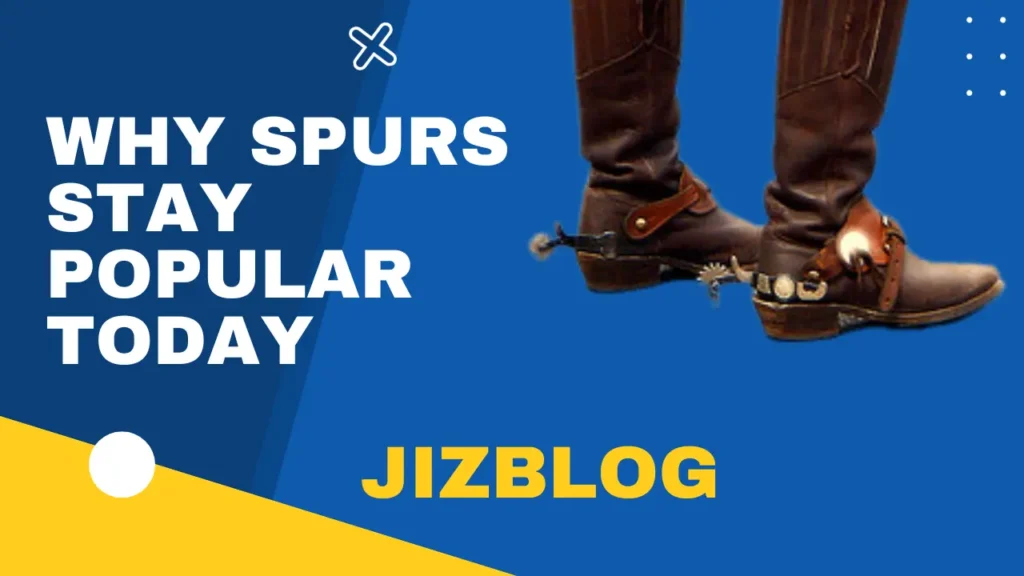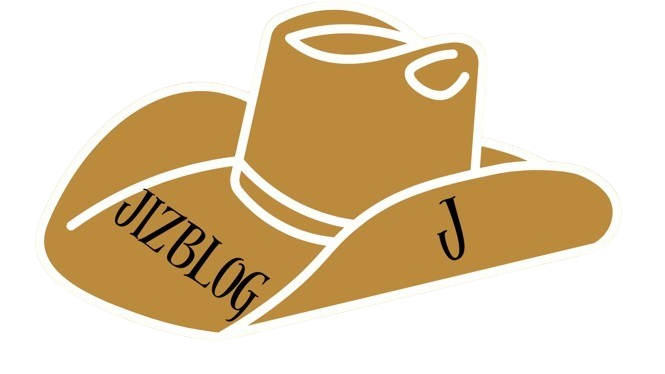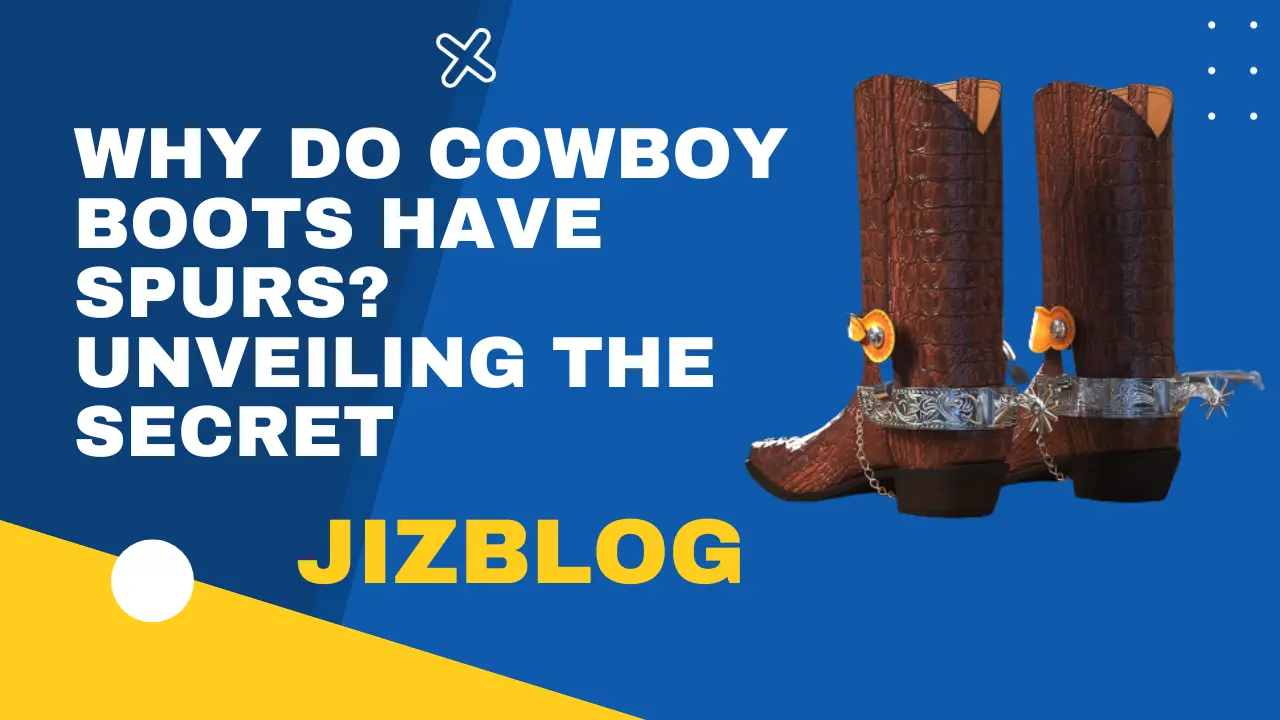Hello buddies! If you’ve ever glanced at a pair of cowboy boots and wondered why do cowboy boots have spurs? you’re not alone. I’ve had that same curious itch, and let me tell you, it’s a fascinating tale. Once, while exploring a vintage shop, I stumbled upon a pair with these intriguing spiky additions, sparking my journey to understand their purpose. In this post, we’re unraveling the mystery behind cowboy boot spurs, exploring their history, and why they’re more than just a flashy accessory. So, join me for a ride into the wild world of Western fashion and tradition!
The Rise of the American Cowboy
To understand the history and reason behind the spur, we first have to look back at the origins of the cowboy profession itself. Cattle ranching first took hold in southern Texas in the early 1800s, with ranchers rounding up wild longhorn cattle and branding the calves. As the demand for beef grew in cities along the East Coast, more ranches sprang up across western frontier states.
Ranch owners hired cowboys to tend to their herds out on the open range. The cowboys spent long days in the saddle herding cattle from one grazing spot to another, branding calves, and protecting animals from theft or predators.
This challenging work required expert horsemanship skills. Cowboys needed to guide their horses using subtle leg and rein cues so they could keep cattle moving in the right direction. Anything that helped a cowboy communicate with his horse became a useful tool.
The Value of Spurs for Cowboy Communication
Spurs may look intimidating with their sharp rowels, but they weren’t meant to harm the horse. The spur is a communication device, that allows riders to apply leg pressure that horses recognize.
Experienced riders know how to apply just enough pressure with their spurs to get the desired reaction from the horse, then immediately release tension as soon as the horse responds. It’s similar to using the reins to turn a horse left or right. You apply the slightest amount of pressure then let go.
For cowboys, spurs helped refine commands for tasks like:
- Turning a cow to separate it from the herd
- Spinning quickly to chase down a stray calf
- Cueing the horse to back up or side-step
- Driving more energy from the horse for quick sprints
Spurs were an important part of the cowboy‘s “toolkit” for controlling cattle. Along with reins for their hands and a saddle horn for anchoring a lariat rope, spurs gave cowboys a better “feel” through their legs.
The Iconic Parts of a Western Spur
Over decades of cattle driving and ranch work, the classic Western spur design emerged. Look closely at a cowboy’s spurs and you’ll notice:
- A U-shaped metal yoke that wraps under the cowboy’s boot heel
- A shank that extends toward the back of the boot
- Small straps for attaching the spur to the boot
- Rowels or “wheels” that spin at the end of the shank
- Jingle bobs hanging from the rowels
The rowels are the key component that applies pressure to the horse. Their turning action avoids getting caught in the horse’s side while in motion. Jingle bobs add sound so the cowboy’s approach can be heard.
The yoke and shank had to be curved to fit the cowboy’s boot heels and not interfere with walking. Spur straps kept everything snuggly in place when riding long distances.
Cowboys also customized their spurs by adding embellishments like engraved designs, colored enamel, and inlaid metals for a stylish flair.
Common Rowel Types for Cowboy Spurs
| Rowel Type | Description | Use Cases |
|---|---|---|
| Star | Traditional 5-8 pointed metal star shape | All-purpose ranch work and riding |
| Rowel | Disk with short blunt spikes around the edge | General riding, good for sensitive horses |
| Rodado | Disk with longer, sharper spikes | Precise cues for quick starts/stops |
| Moquega | Small blunt studs | Very mild signaling for green horses |
Spur Size and Aggression
An interesting aspect of spur design is that larger rowels aren’t necessarily harsher than smaller ones. The diameter of the rotating wheel matters less than the length and sharpness of each individual point.
A spur with a 2-inch rowel sporting rounded 1/4-inch spikes applies gentler pressure than a 1-inch rowel with needle-thin spikes a full inch long. The size of the contact area makes a difference.
Historically, some spurs were made with nails, with sharp ends over an inch long. Thankfully, modern riding ethics have made such overly aggressive spurs unacceptable.
Today, responsible riders choose spurs sized appropriately for their discipline and horse. Blunt-ended spurs are common for light guidance. Some spurs even have rubber knobs instead of shanks.
The Code of Spur Etiquette in the Old West

In the early days of saddle riding, spur use was largely unregulated. Some buckaroos would sink long-shanked spurs incessantly into the horse’s belly to move the herd along. But as formal equine training emerged, proper spur etiquette became ingrained in cowboy culture.
“Cowboy justice” meant using spurs as a precision tool, not a weapon. Hard jerks or digging in the spurs wantonly could get a cowboy mocked, shunned, or challenged to a fistfight if witnessed by others.
Spur use was governed by an unwritten code of conduct. Some guidelines included:
- Apply spurs lightly and only when needed, then release
- Control the horse from your seat and legs before relying on spurs
- Never spur in anger or out of frustration
- Switch to blunt “do-no-harm” spurs for inexperienced horses
- Limit spur use on a sweaty horse to avoid raw patches
- Don’t spur a horse moving at top speed
This code separated cruel riders from the skilled ones who understood how to communicate with horses. Truly great cowboys aimed to guide their mounts without any spur pressure at all.
Notable Historic American Cattle Trails
| Trail Name | Start Point | End Point | Years Used | Estimated Herds Driven |
|---|---|---|---|---|
| Chisholm Trail | Kingsville, TX | Abilene, KS | 1867-1884 | 5,000,000 |
| Goodnight-Loving Trail | Belmont, TX | Cheyenne, WY | 1866-1886 | 1,500,000 |
| Western Trail | Bandera, TX | Dodge City, KS | 1874-1895 | 3,000,000 |
| Shawnee Trail | Austin, TX | Baxter Springs, KS | 1840-1870 | 1,000,000 |
| Sedalia Trail | Rio Grande Valley, TX | Sedalia, MO | 1866–1871 | 500,000 |
The Significance of Earning Your Spurs
Spurs represented a rite of passage for cowboys in 1800s America. New horsemen traditionally started working cattle without spurs, learning under a seasoned mentor’s watch.
Once they could control and turn cattle competently through seat, leg, and vocal cues alone, they qualified to begin training with spurs. Receiving their first set of spurs symbolized they now had an advanced skill set.
The phrase “earn your spurs” captured this tradition, similar to earning your stripes. It referred to a cowboy who perfected the finesse, timing, and touches to use spurs effectively.
Of course, simply strapping on the spurs didn’t automatically grant someone finesse. But the saying reflected a cowboy’s progress on the path to becoming an expert horse and cattle handler.
Why Spurs Stay Popular Today

The heyday of the American cowboy occurred between the 1860s and 1890s, during the great era of cattle drives along routes like the Chisholm Trail. Yet spurs remain an integral part of cowboy boots today, both for practical and fashion reasons.
For ranchers and rodeo riders, spurs still provide helpful cues while moving cattle or performing quick maneuvers like spins and stops. Their value as a communication tool keeps the cowboy tradition of spurs alive even in modern times.
Beyond utility, spurs also symbolize cowboy heritage. Most boots sold commercially feature non-functioning spur ledges and tabs just for decoration. Urban cowboys embrace the outlaw biker look of spurs and jingle bobs on their boots.
Interestingly, English riding disciplines have also adopted types of spurs for precision riding like dressage and jumping. So spurs in some form now transcend Western traditions.
But whether for utility or style, when those rowels jingle as cowboy boots walk by, you can’t help but conjure up nostalgic images of America’s frontier era. The spur remains an iconic piece of cowboy gear intertwined with our nation’s ranching history and collective imagination of the Wild West.
The Last Words
So when you hear the lonely jingle of spurs announcing a cowboy’s arrival, you can appreciate the deep history behind why cowboy boots have spurs. Spurs evolved as a communication tool that helped cowboys precisely guide horses during long days of cattle work. The spur remains a symbol of horsemanship mastery deeply intertwined with cowboy culture and the mythology of the Wild West. Whether for practical use or as an ornamental piece of cowboy flair, the spur is an iconic part of traditional cowboy boots, conjuring up images of America’s frontier past.
FAQ’s
What is the point of the spinning wheel on spurs?
The spinning rowel avoids getting caught on the horse's side when moving.
Are spurs meant to hurt the horse?
No, spurs are communication devices applying light pressure cues when properly used.
Why do spurs make noise with jingle bobs?
Jingle bobs let a cowboy's footfalls be audible when approaching horses or cattle.
Are spurs required for all cowboy boots?
No, non-functional spur tabs today are often just decorative cowboy boot accessories.

